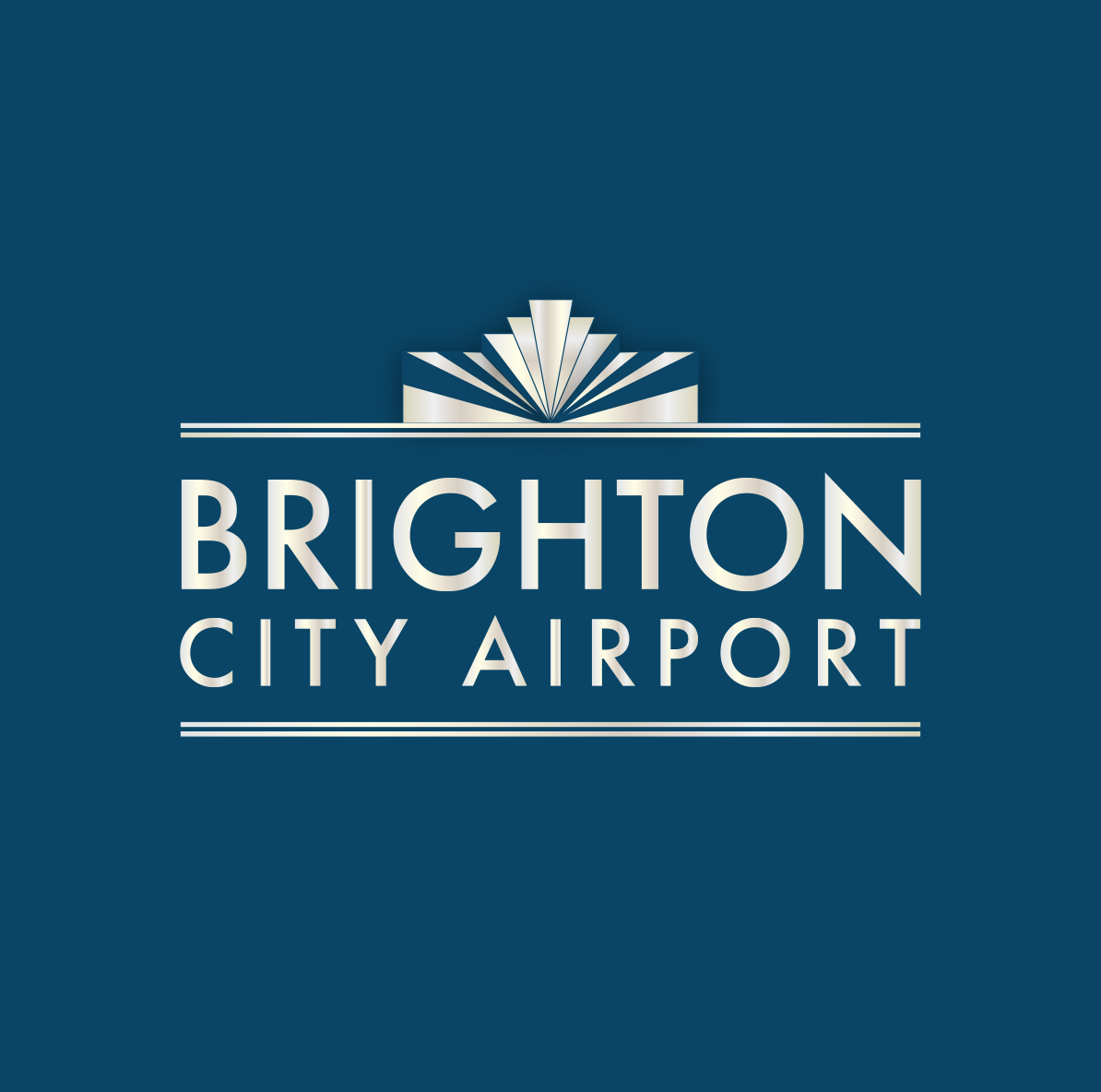
Airport noise
Brighton City Airport is committed to working with the local community to minimise and, where possible, reduce the impact from aircraft noise on local infrastructure and residents. We understand that unwelcome noise from aircraft and helicopter operations may cause concern to some and we continually work to minimise this as much as possible. Please review the information on this page before submitting a noise complaint, as your question may be answered within the text that follows.
Also, the CAA website has a lot of information regarding aircraft noise complaints, which may well be of use to you in further answering your questions:
Aerodrome Traffic Zone
UK licensed civilian airports have a cylindrical volume of airspace formed around the runway, called an Aerodrome Traffic Zone (ATZ). The ATZ is established to give protection to aircraft at the critical stages of flight when departing, arriving and flying in the vicinity of an airport. At Brighton City Airport the ATZ extends from the surface to 2000 feet above the ground, with a radius of 2 nautical miles, centred around the midpoint of the longest runway.
Aircraft flying within the ATZ, will usually follow a specific route, called a ‘circuit Pattern’. Our circuit pattern can be variable depending on the wind direction. Generally, the aircraft flying the fixed-wing circuits route northbound over the town of Shoreham-by-Sea and southbound over Lancing. These are the standard circuit patterns to maintain a safe and orderly flow of traffic when close to the airport.
The helicopter circuit pattern is located to the west of the Airport and is depicted in the UK Aeronautical Information Publication chart below:

Over conurbation, the downwind leg of the helicopter circuit at Shoreham is flown at 800ft AGL and at 600ft AGL over the countryside. Circuits are performed from HTA W (Whiskey) on the western side of the asphalt runway.
Noise Abatement Procedures
We have adopted a number of measures to mitigate the noise from aircraft arriving and departing the airport:
- Helicopter arrival and departure routes (as depicted in the UK AIP map extract) favour less-densely populated areas of the Adur estuary and avoid overflight of Lancing College and the built up areas to the maximum extent possible.
- Helicopters should not approach the airfield over residential areas and are encouraged to avoid low flying over farms, especially during the springtime.
- From Runway 20, fixed-wing departures make a slight turn at the end of the runway and route towards the coast before making further turns in order to avoid residential areas as much as possible.
-
Whilst the local noise abatement procedures are employed routinely, on occasion, it is necessary to deviate from the ‘norm’ and an aircraft may need to overfly residential areas in situations such as:
- When an emergency is declared and the pilot needs to take the most direct routing to the airfield.
- If taking avoiding action, or any other manoeuvre in the interests of safety.
-
Aircraft Noise Outside the Shoreham ATZ
When aircraft depart the Shoreham ATZ, they enter an area of “Class G” airspace. In the UK class G airspace is uncontrolled. This means there are few restrictions on which aircraft can enter such airspace, what equipment the aircraft must carry or the routes taken by the aircraft, provided that pilots observe safety rules contained in the Air Navigation Order (ANO). Generally, it is unusual for a General Aviation aircraft to be operating below 1,000 ft, except for the purpose of take-off and landing.
If an aircraft can be identified as originating from Shoreham, we can remind pilots to avoid noise sensitive areas; however, there is no action either Brighton City Airport, or the Civil Aviation Authority can take against pilots, unless they can be proven to contravene the ANO.

Noise Complaints
We take noise complaints very seriously and always investigate specific occurrences.
In order to help us to identify an aircraft/helicopter that you believe might have been causing a noise nuisance or was low flying, we need as much detail about your observation as possible.
We request that you log the precise time and location of the observation made, a brief description of what was seen and the direction of travel, along with any identifying features of the aircraft/helicopter, such as colour, shape, number of engines and registration. We will attempt to identify the aircraft/helicopter and then take follow-up action which may include engagement with the pilot in command to establish why and how the flight was conducted.
Please note that not all aircraft operating over East and West Sussex are flying to/from Brighton City Airport, and aircraft flying beyond two nautical miles from the airport are not required to inform us of their presence. Complaints or observations concerning ‘Overflights’ such as airline operations in to or out of the main London airports, should be directed to these airports or airlines directly, as we are unable to assist with these.
Please use the form below. Each noise complaint will be reviewed by our team and if we are able to identify the aircraft, we shall provide feedback.
Helicopter Noise at Night
Brighton City Airport is usually closed between the hours of 2000 and 0800 (local). However, we do support the emergency services and military by allowing them to operate into/out of the Airport at night under prescribed circumstances which have planning consent and have been agreed by the council. While such flights are rare, it is likely that it is a flight undertaken by the National Police Air Service (NPAS), the Air Ambulance, Coast Guard or the Military on a dedicated task. We will note any complaints received, but you will understand that it is important to support the emergency services and military carrying out their primary duties.
